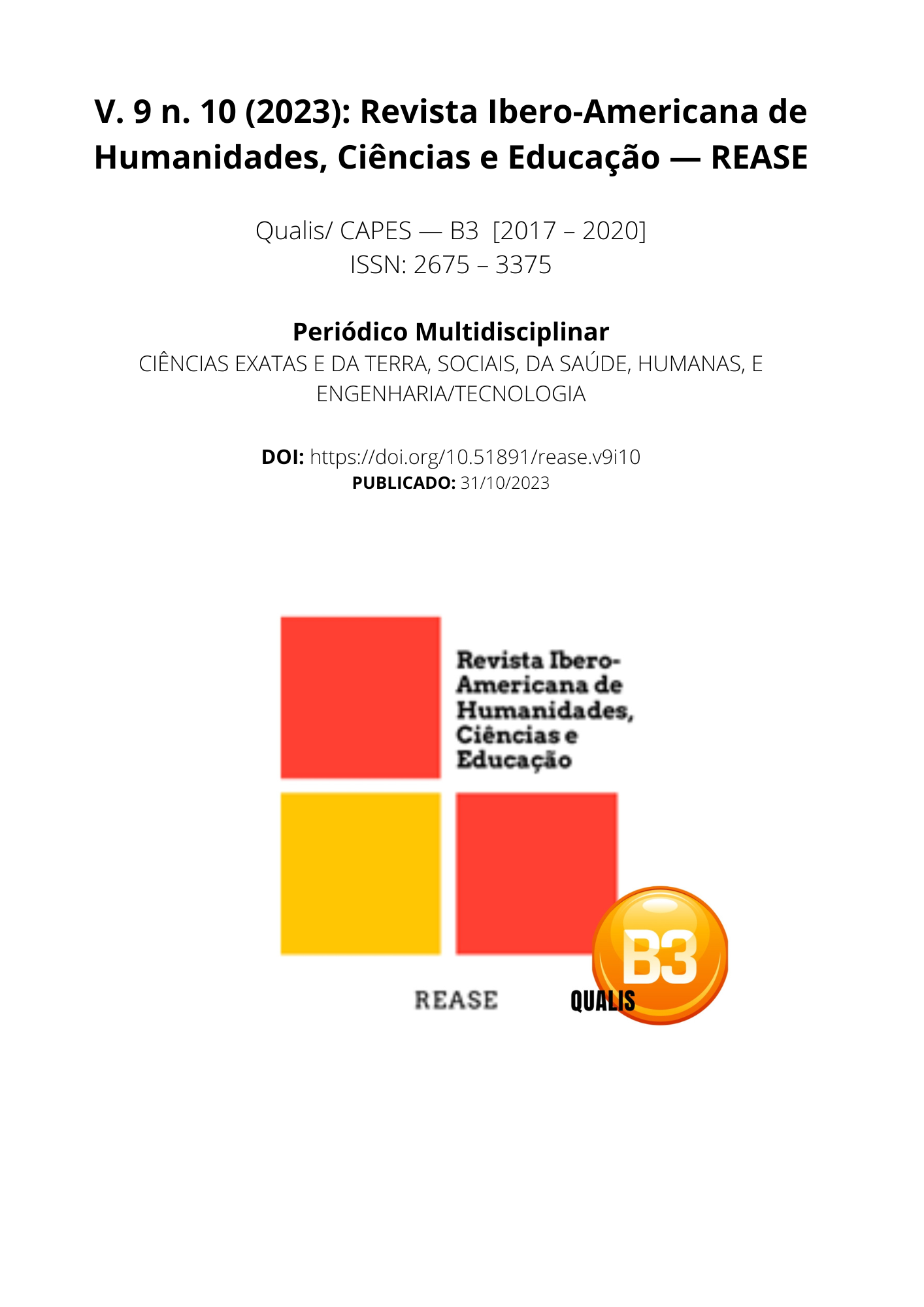NEGATIVE PRESSURE THERAPY IN FOURNIER SYNDROME: LITERATURE REVIEW
DOI:
https://doi.org/10.51891/rease.v9i10.11886Keywords:
Subatmospheric pressure dressing; necrotizing fasciitis; Fournier's gangrene; vacuum therapy.Abstract
Fournier syndrome is an infectious disease characterized by necrotizing fasciitis that mainly affects the perineum, external genitalia or perianal region in men and women, being more common in males. It is described as a Necrotizing soft tissue infections (NSTI), with mortality rate that can reach up to 30%. Risk factors include diabetes mellitus and other chronic diseases, alcoholism and immunosuppressive diseases. Predisposing and etiological factors provide favorable conditions, weakening host immunity and providing a route of inoculation for microorganisms. This study aimed to carry out a narrative literature review on the use of negative pressure therapy in Fournier Syndrome. A narrative type review was built reading scientific articles, which were published in journals indexed in databases, such as Scientific Electronic Library Online (SciELO), National Library of Medicine (PubMed), Virtual Health Library (BVS) and Medical Literature Analysis and Retrieval System Online (MEDLINE). To carry out the search, descriptors from the structured vocabulary of Health Sciences Descriptors (DeCS) were used: "Fournier's Gangrene", "Necrotizing Fasciitis" and "Negative Pressure Wound Treatment", and their correspondents in Portuguese. Available and original research articles related to the subject under study, published in Portuguese and/or English between 2017 and 2022 were considered. Fournier Syndrome has high morbidity and mortality, considering that 40% of patients with the disease develop sespe. The infection is polymicrobial, involving Gram positive and negative, aerobic and anaerobic bacteria; however, there are reports that fungi may also be involved. Virulence factors of microorganisms are essential for their invasive power, causing hypoxia, vascular occlusion, platelet aggregation and tissue destruction. Early diagnosis, essential for proper treatment, involves observation of clinical signs and the use of imaging tests. Treatment is performed with severe surgical debridement to remove all necrotic tissue, broad-spectrum antibiotic therapy, and patient stabilization. The use of vacuum therapy has been highlighted as one of the managements in the treatment of complex wounds. The negative pressure that is applied in this procedure is intended to promote fluid withdrawal, reduce the bacterial population, and promote local blood flow and granulation tissue formation. In addition, it increases the oxygen available at the site, promoting angiogenesis and therefore decreasing healing time. Some studies mention that there is no decrease in the patient's length of stay; however, it was proven that vacuum therapy reduced the mortality of patients with Fournier Syndrome. Thus, this therapy allows the advancement of wound healing, increasing the patient's quality of life and being effective in the treatment of injuries.
Downloads
Downloads
Published
How to Cite
Issue
Section
Categories
License
Atribuição CC BY

